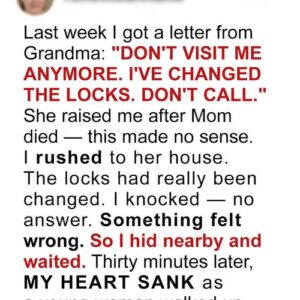Because the mouth is where bodily fluids and infectious agents are stored, kissing a deceased person on the lips carries much higher health risks than kissing them on the forehead. Particularly in the oral cavity, which can serve as a conduit for transmission, the body may still contain live pathogens after death.
Bacteria and viruses like TB, hepatitis B and C, COVID-19, and herpes simplex are frequently found in the mouth. These microorganisms may persist in blood, mucus, or saliva. Someone who kisses the deceased on the mouth and has a weakened immune system or open sores on their lips could get infected.
Additionally, as muscles relax soon after death, bodily fluids may leak from the mouth and nose. Direct contact during a kiss is especially dangerous because these fluids may contain toxins or dangerous microorganisms. The risk of transmission is increased because the lips are moist and near mucous membranes, unlike the forehead.
In the mouth, decomposition also starts rapidly. In this region, anaerobic bacteria proliferate, generating unpleasant smells and potentially dangerous gases. This process quickens in warm environments, making the lips an even riskier place to touch soon after death.
If the body has been embalmed, there are additional chemical hazards. Chemical burns or allergic reactions can result from substances like formaldehyde that may still be on the lips. These embalming agents are particularly prone to irritating or damaging sensitive tissues, such as the lips.
People are advised not to kiss each other on the lips in order to say goodbye in a safer manner. Instead, you can minimize health risks and say goodbye in a meaningful and respectful way by touching the hands, forehead, hair, or placing a flower close to the body. Without the need for risky contact, consolation can be found in spoken words or peaceful moments close by.





